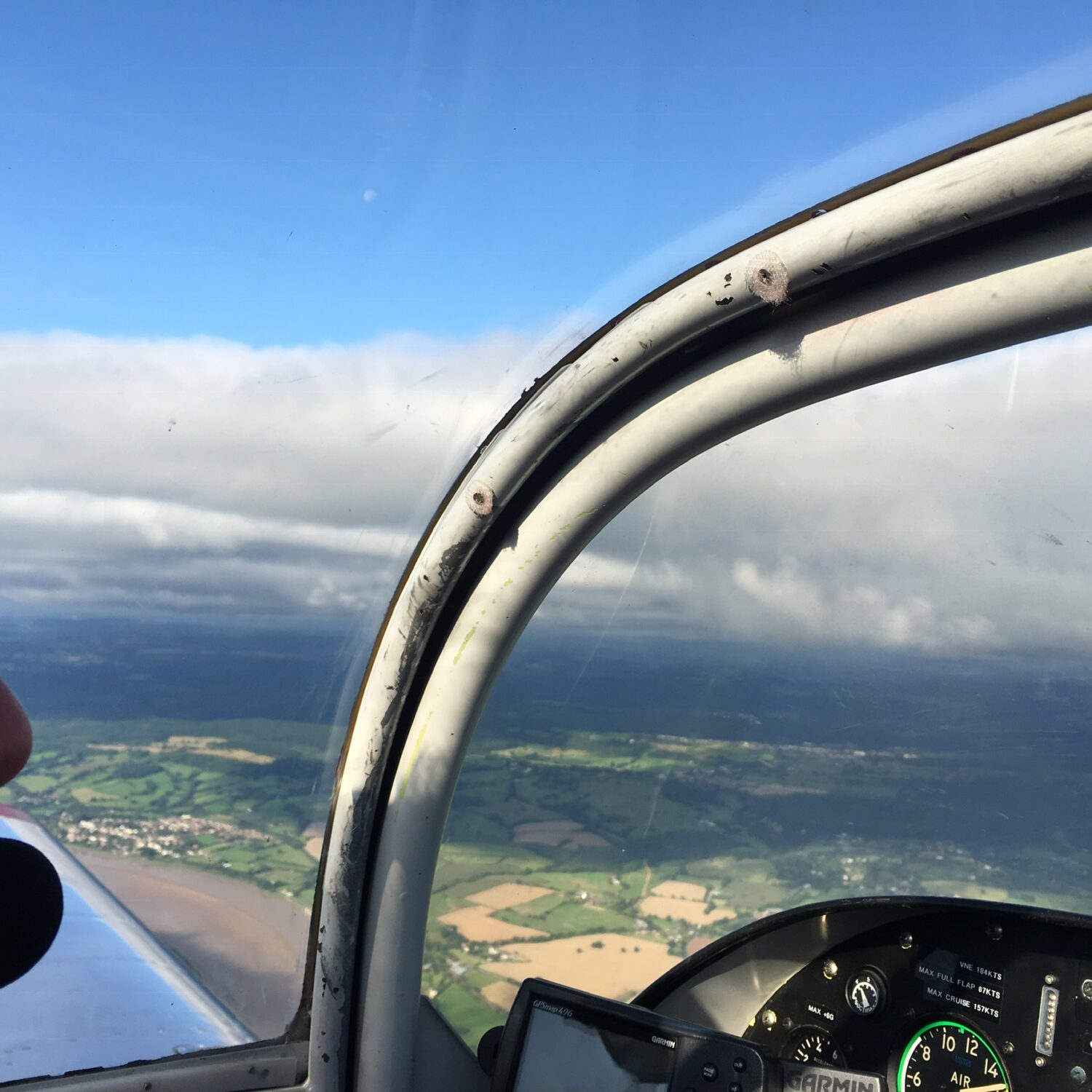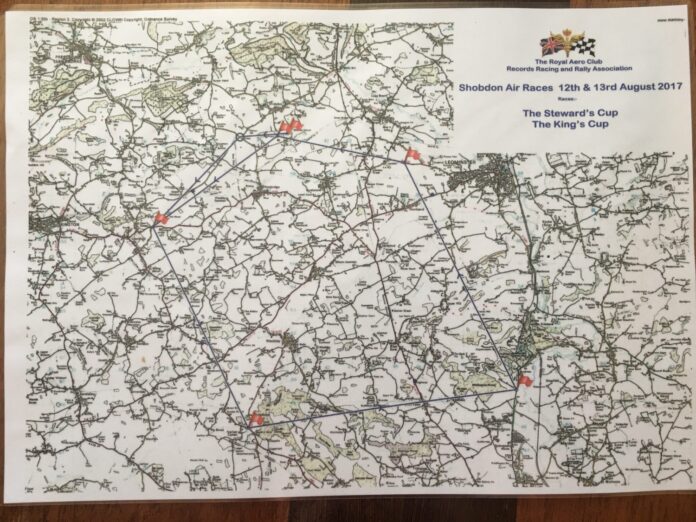The King’s Cup: Introduction and Race History
The King’s Cup is a trophy that is awarded to the winner of the Royal Aero Club race which has been held annually nearly every year since 1922. The Royal Aero Club, Records, Racing and Rally Association held the first handicapped cross-country race on 8th September 1922 from Croydon South London to Glasgow and King George V presented the first cup to the winning pilot Frank L. Barnard.
Many different types of privately and company owned fixed wing propellor aircraft up to a certain weight limitation are able to participate in the King’s Cup. The race is still held annually, and apart from a few omissions such as WWII and a cancellation during the recent lockdowns, if the weather is fair on the day the flying teams can compete. There is a prize for aircraft is each class as well as an overall King’s Cup winner.
Winning aircraft manufacturers include de Havilland, Piper, Cessna, Grumman, Scottish Aviation (Bulldog) and Vans (RV’s). The King’s Cup race is always held in the United Kingdom and traditionally pilots from the Commonwealth countries are invited to compete.
Although the track course may change annually, the same course is set for all participants, designed and organised by the Royal Aero Club for their members. Aviation engineers asses the aircraft and allowances are made for the different power settings, wing loading, weights and top speeds of the individual airplanes. After some careful numeric comparison and analysis by expert ‘handicappers’ the winner is announced.
The aircraft take off at different ‘staggered’ timings depending on the speed and other important factors. The handicap process means that all participating experienced pilots should then eventually head to the finish line at once, creating an exciting flying spectacle for onlookers.

The King’s Cup trophy is awarded in a ceremony attended by racers, club members and members of the public. The winner is the pilot that has flown his or her aircraft in the fastest time compared to their aircraft’s pre-tested safe top operating speeds, whilst also following all the procedures and rules of the race perfectly.
Start and finish airports that have held the race over the last hundred years encompass Hatfield, Baginton, Rochester, Finningley, Leicester, Shobdon and Sywell. Airfields can be a valuable part of community life as they provide many opportunities for education, leisure, business and creating historical attractions with character.
The King’s Cup: Modern Racing Today
Over the years new technology such as computer software, spreadsheets and algorithms has enabled race managers to more accurately calculate who has flown their aircraft most competitively.
GPS navigation devices have allowed race organisers to improve tracking aircraft flying in the sky around set prominent buildings, features and landscape points on the ground and in the water according to their chosen cross-country round route.
Small battery operated GPS digital devices can also record the heights the pilots have flown at during the race. Pilots and their co-pilot ‘navigators’ may use tablets and in-cockpit navigation that uses GPS and internet based technology to assist their navigation as they follow a ‘hard copy’ specific printed route.
Since WWII some new general aviation airports have opened across the UK. Dozens of runways, small airfields and airports have also closed in recent years due to lack of funding, change of private ownership and the pressures on local councils to make financially focused decisions, such as allocating land to provide space for new housing development.
Interest and activities relating to general aviation and vintage aircraft continues to be an important and valuable part of society and heritage in the United Kingdom. Air shows and events are enjoyed by millions of people across the British Isles. British aviation reflects positive qualities in our country’s innovation, collaboration, skills development and teamwork. The friendly folk at local airfields welcome people of all ages and abilities every year and provide a positive space for families and pilots of the future.
The Queen’s Cup – King’s Cup Centenary Race Weekend
A unique Queen’s Cup – King’s Cup race was held by the Royal Aero Club on September 2023 at Old Warden Airfield (Shuttleworth), Biggleswade featuring aircraft all registered before 1962. Bob Johnson in his Stolp Starduster was the winner of the conventional class. Mr. Simon Tilling won the prestigious Queen’s Cup – King’s Cup in his winning vintage class DHC1 Chipmunk.
A glamorous formal 1920’s celebration club social evening event was then held, to celebrate the winning pilots and participants and mark the centenary of the King’s Cup in high style.
(1) King’s Cup (Air Race) Wikipedia King’s Cup Air Race Wikepedia
(2) King’s Cup Centenery Race and Special Event, Flyer online magazine King’s Cup Centenery Race Event, Flyer magazine
(3) Aircraft Enthusiasts Group, based in Shuttleworth airfield, website Aircraft Enthusiasts Group website, Kings Cup
(4) British Air Racers RRR on Facebook British Air Racers RRR, Facebook page

